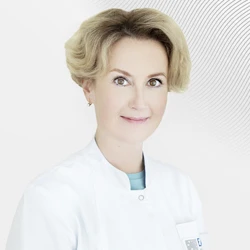Systemic scleroderma
Tells Evgeny Zhilyaev,
Professor, MD, Doctor of the highest category.
 Systemic scleroderma is a medical term referring to a group of connective tissue diseases characterized by skin, blood vessels and tissues of internal organs.
Systemic scleroderma is a medical term referring to a group of connective tissue diseases characterized by skin, blood vessels and tissues of internal organs.
Types of systemic scleroderma
There are 2 types of scleroderma: localized, which affects the skin and nearby tissues; and systemic, which affects not only the skin, but also internal organs (heart, lungs, kidneys and gastrointestinal tract). The causes of the disease are not known. This disease is not inherited, but a genetic predisposition plays a role when exposed to environmental factors (exposure to silicon, certain chemicals, radiation, or radiotherapy).
Symptoms of systemic scleroderma
The manifestations of the disease are diverse and may vary depending on the localization of the process.
Scleroderma is characterized by skin changes, first in the form of swelling, and then in the form of thinning and compaction. The skin looks taut, shiny (waxed), darker than healthy areas, and itching may bother. In some cases, the changes are limited to the skin of the fingers, less often the toes (sclerodactyly). When the scalp is affected, facial features become sharper (thin lips, a "bird" nose, thinning of the auricles), vertical folds form around the mouth (a pouch mouth), the face becomes like a mask. Due to the decrease in elasticity and the proliferation of fibrous tissue, joints lose their mobility, contractures form (limitation of the amplitude of movements in the joints).
Common manifestations of the disease include Raynaud's phenomenon, in which fingers and toes change color as a result of spasm of small blood vessels. The three-phase nature of this phenomenon is classically described, in the first phase the fingers turn pale, in the second they turn blue, and in the conclusion they turn red. But in real life, such strict consistency may not be observed. The provoking factor is cold, sometimes also emotional stress.
With prolonged scleroderma, calcification (calcium deposits in the skin and subcutaneous structures) is often observed, which is localized mainly in the hands, forearms, elbow and knee joints.
Involvement of the esophagus in the process leads to a violation of its function. Reflux develops - the discharge of gastric contents into the esophagus. This damages the lining of the esophagus, which eventually leads to scarring and narrowing of the esophagus (stricture). In this case, the patient is concerned about heartburn, chest pain, and difficulty swallowing food. Rearrangement of esophageal epithelial cells increases the risk of malignant neoplasm - esophageal adenocarcinoma. Intestinal damage is manifested by a violation of digestive processes and manifests itself in the form of diarrhea, abdominal pain, weight loss, anemia and general weakness.
Damage to lung tissue leads to signs of respiratory failure (shortness of breath, feeling of lack of air). The pressure in the pulmonary artery increases, and a condition called pulmonary hypertension develops. This significantly increases the load on the heart and leads to its dysfunction. Another serious complication of the disease is cardiac arrhythmias.
Equally dangerous is damage to kidney tissue with the development of malignant arterial hypertension and acute renal failure.
CREST syndrome is a complex of manifestations of limited scleroderma. This is an abbreviation where each letter stands for a specific symptom. C - Calcification - from English. Salcinosis, R - Raynaud's (phenomenon) - from English Raynaud's phenomenon, E – esophageal dysfunction - from English esophageal dysmotility, S - Sclerodactyly - from English Sclerodactyly, T - Telangiectasia - from English Telangiectasias.
Diagnosis of systemic scleroderma
 Diagnosis is based on the clinical manifestations of the disease, biopsy of the affected areas, capillaroscopy, laboratory tests. In some cases, it is advisable to conduct such studies as esophagogastroscopy, computed tomography of the chest organs, echocardiography, and kidney biopsies. Almost 100% of patients with systemic scleroderma and the majority with localized blood have an antinuclear factor, 25-30% have antibodies to centromeres, 20-30% have antibodies to topoisomerase I (Scl-70 antigen), 20-30% have antibodies to RNA polymerases I, II, III, in some cases antibodies to antigens are detected Ro/SS-A and La/SS-B. Less specific changes can be detected in a general blood test (anemia).
Diagnosis is based on the clinical manifestations of the disease, biopsy of the affected areas, capillaroscopy, laboratory tests. In some cases, it is advisable to conduct such studies as esophagogastroscopy, computed tomography of the chest organs, echocardiography, and kidney biopsies. Almost 100% of patients with systemic scleroderma and the majority with localized blood have an antinuclear factor, 25-30% have antibodies to centromeres, 20-30% have antibodies to topoisomerase I (Scl-70 antigen), 20-30% have antibodies to RNA polymerases I, II, III, in some cases antibodies to antigens are detected Ro/SS-A and La/SS-B. Less specific changes can be detected in a general blood test (anemia).
Treatment of systemic scleroderma
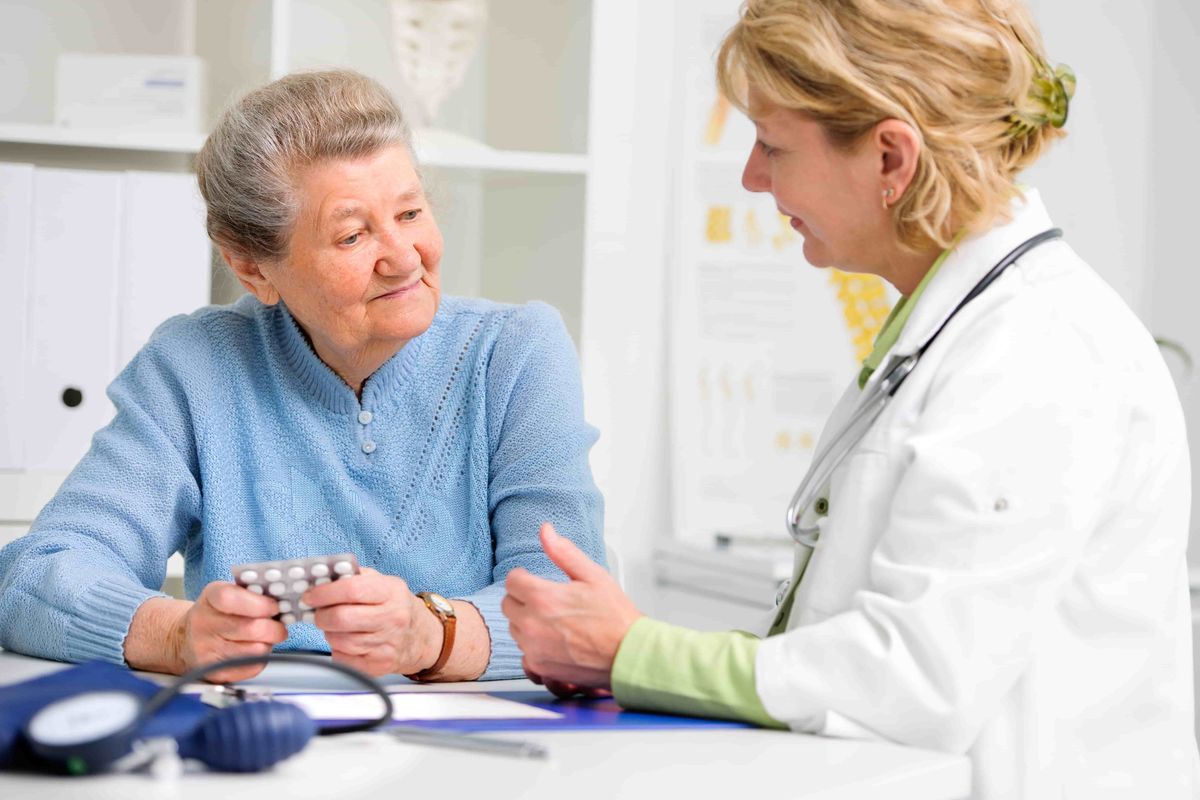 To date, the disease is not curable. In most cases, therapy is carried out symptomatically, depending on the prevalence and localization of the process, as well as the severity of the symptoms.
To date, the disease is not curable. In most cases, therapy is carried out symptomatically, depending on the prevalence and localization of the process, as well as the severity of the symptoms.
Patients with diffuse skin lesions, interstitial lung disease, myocarditis, and myositis receive immunosuppressive therapy (cyclophosphomide, azathioprine, anti-CD20 therapy, and methotrexate). The purpose of such treatment is to slow down the progression and reduce the severity of complications of systemic scleroderma.
In the treatment of Raynaud's phenomenon, it is especially important to stop smoking, avoid exposure to the cold (wearing mittens and gloves), prevent emotional overstrain, and refrain from using certain medications (amphetamine, ergotamine, herbal tinctures containing ephedra, some medications used to treat attention deficit, etc.). from the group of calcium channel blockers, and if they are ineffective, phosphodiesterase inhibitors, prostacyclin analogues, and endothelin receptor blockers.
Due to the variety of manifestations of the disease, the selection of therapy should be carried out only by the attending physician. The specialist draws up an individual therapeutic plan for each patient.
Advantages of the European Medical Center (EMC)
 Outpatient follow-up by a rheumatologist at a therapeutic clinic, relief of symptoms and selection of optimal therapy. The chief rheumatologist of Moscow, Professor Evgeny Valeryevich Zhilyaev, is in the EMC medical team.
Outpatient follow-up by a rheumatologist at a therapeutic clinic, relief of symptoms and selection of optimal therapy. The chief rheumatologist of Moscow, Professor Evgeny Valeryevich Zhilyaev, is in the EMC medical team.2. Wide diagnostic possibilities: instrumental and laboratory methods of examination. Consultations of specialists of related specialties, if necessary.
3. In difficult cases, a consultation of specialized specialists is organized to develop the most optimal treatment tactics.
4. The possibility of hospitalization for examination and treatment in a comfortable EMC hospital.
5. Emergency and urgent care at the clinic, call a doctor at home in Moscow and the Moscow region (up to 50 km from the MKAD).
Author: Evgeny Zhilyaev, Chief rheumatologist of Moscow, Professor, MD, Doctor of the highest category.
Why the EMC
The first and only clinic in Russia, created in the image of the world's leading clinics
EMC is a multidisciplinary center offering patients a high level of medical services and a personalized approach
Worldwide recognition and awards
 Learn more
Learn more
Worldwide recognition and awards
 Certificates and licenses
Certificates and licenses
Make an appointment for a consultation
Specify your contacts and we will contact you to clarify the details
Reviews
and new products of the EMC
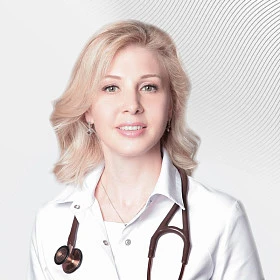
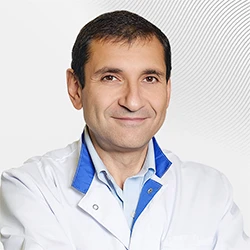

.webp)

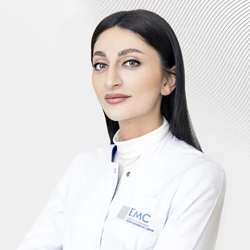
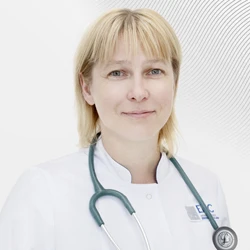
.webp)
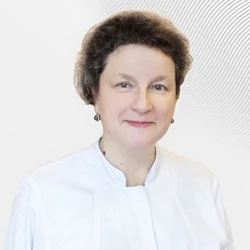
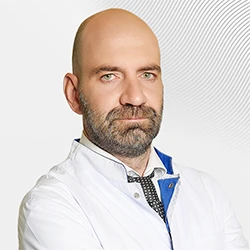
.webp)
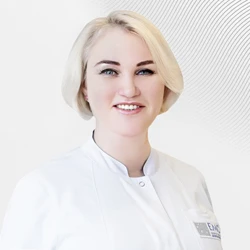
.webp)
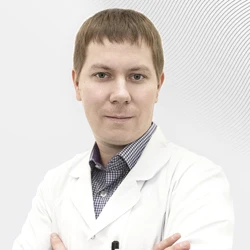
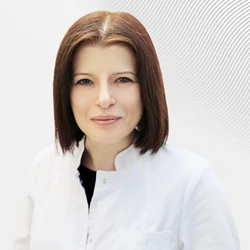
.webp)
.webp)
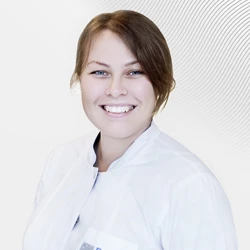
.webp)
